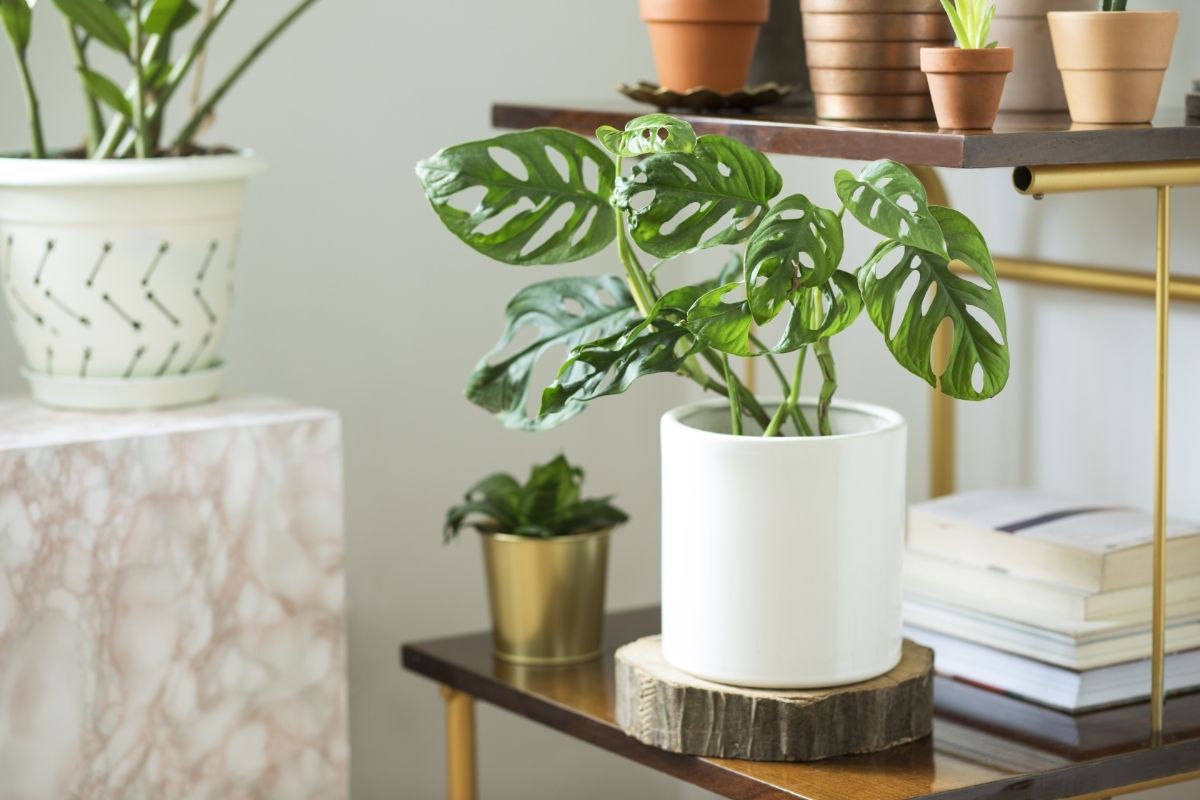When it comes to taking care of your plants, there are some basic things that are absolutely vital: food, light, and water. The food is down to the soil you use, and whether you need to add in any fertilizer or not, and the light is…well.

How much sunlight does the plant needs to thrive! but the water tends to be the trickier part of plant care, with most people struggling to know exactly how much water their plant needs!
The problem with water is that adding too much and too little, can both damage the plant and eventually kill it. You need exactly the right amount!
Fern plants are incredibly popular as house plants, as they are beautiful and unique. They are also very easy to grow, as they don’t really require a lot of attention, so long as you keep them well fed and watered, of course!
So the question is, how much water do ferns need exactly? Are they thirsty plants? Or can they go without water for quite some time? And what happens if they don’t get the right amount of water? Are ferns tough, or will they quickly suffer damage and die?
Don’t worry, we’re going to answer all of these questions, and tell you everything you need to know about how much water a fern needs, and how to ensure it thrives.
After all, the watering habits of a plant depend not only on the plant itself but also on various factors regarding its circumstances and environment! So if you want to make sure you’re giving your fern the right amount of water, keep on reading!
How Much Water Do Ferns Need?
The amount of water that a fern plant need can depend on many different factors (which we will talk about later in this article), but as a general rule, you should water a fern plant once a week.
The amount of water you should use, on average, is between 1 to 2 gallons of water (for ferns that are grown outdoors), and half a gallon or even less (for ferns that are grown indoors).
Ferns growing outdoors will need a lot more water than ferns growing indoors. In fact, with indoor potted ferns, you can change the watering routine to every 10 days or so, rather than once a week, but it depends on other factors.
In all honesty, the best method of figuring out when your fern needs water is to check the soil. If the top layer of the soil is starting to become dry, then the fern has absorbed most of the water, and needs more.
So essentially, the soil should always be slightly moist in order for the fern plant to thrive healthily.
Depending on the type of soil you use, water will last a longer amount of time, meaning you won’t have to water as much. For example, if you use clay soil, then you probably won’t have to water the fern more than every 10 to 14 days or so!
Make sure you check, and that you decide on a case-by-case basis. Every plant requires careful consideration, and you can’t just apply the average watering habits, as they are likely to be slightly off!
Factors That Affect The Watering Habits Of Fern Plants

As we keep mentioning, the amount of times you should water your fern, as well as the amount of water you use when watering your fern, depends on a few factors.
So, in order to get the right watering routine for your fern plant, you need to determine what it needs, specifically, by analyzing these factors that relate to its environment and conditions.
These are the main factors that you should consider when figuring out how much water your fern needs:
Whether It Is Outdoors Or Indoors
Ferns that grow outdoors, as a general rule, will need more water than a fern that is grown indoors.
The reason for this is that the water in the soil outside will likely evaporate a lot faster than soil placed in a pot indoors, and so, the fern outdoors needs more frequent watering to keep that soil moist, preventing it from drying out.
However, this depends on the environmental conditions the fern is submitted to outside, so just remember to check the soil to be sure!
Ferns that grow indoors, on the other hand, will usually retain moisture a lot better (although this depends on the indoor temperature, in some homes you might have to use a humidifier or water daily in order to keep the soil moist!).
As a general rule, you don’t have to water indoor ferns as often, but once again, this is something that you need to check on a case-by-case basis.
The Type Of Soil Used
Different types of soil will absorb or retain moisture at different rates. Clay soil, for example, remains moist for quite a long time, as they don’t lose that moisture too quickly.
Loose and sandy soil, on the other hand, will lose moisture quite fast, so you will have to water a lot more often.
The Type Of Fern It Is
There are many different types of fern plants, and different specific types will also have different specific watering needs. For example, some fern plants such as the Asparagus fern or the Boston fern are quite hard.
And they also lose moisture at a slower rate, meaning they don’t need to be watered as often. But other ferns, such as the Staghorn fern or the Lemon button fern, need a more generous watering routine.
The Climate, Time Of Year, And Temperature Conditions
At the end of the day, your fern needs water whenever the soil begins to dry out, and depending on the time of year, the temperature, and the overall climate, this can happen quicker or slower.
During the summer, due to the heat, your fern will require more water. During the winter, however, it will be a lot more humid and colder, so the fern will not need as much watering!
How To Tell Your Fern Isn’t Being Watered Properly
If your fern starts to wither and die, or it’s not looking as good as it should, then this is likely a sign that it isn’t being watered properly (although it could also be a sign of something else being wrong).
For example, if the roots of the fern start to rot, and the leaves are turning yellow, this is usually a sign that the fern is receiving too much water, and that it is essentially drowning. Sure, ferns love moisture, but too much water will damage them!
If the leaves are turning brown, however, and the plant is shrinking away and withering, then this is a sign that it is not getting enough water, and that it is therefore starting to die.
It is important to make sure that the soil doesn’t dry out more than half an inch, as it should always be moist, in order for the fern to thrive.
A good way of avoiding watering mistakes is to set a proper routine, with regular checks to adjust it when needed. Make sure you are watering the fern first thing in the morning.
As this is the best time of day to do so, and that you are not only pouring in some water into the soil, but also spraying the leaves so that they are moisturized.
Final Thoughts
Keeping your fern plant healthy and thriving is fairly easy, but it does require you to give it the right amount of water. As a general rule, you should water outdoor ferns once a week, and indoor ferns once every 10 days.
However, this depends on the temperature, the type of soil, and the type of fern.
Above all, you should check the soil, and water it only when it begins to dry out. The soil should always be slightly moist, and should never be left to dry out more than half an inch.
- Best Hanging Plant For Low Light - September 4, 2023
- Best Indoor Plants Florida - August 28, 2023
- Best Plants For Bathroom Smells - August 21, 2023








